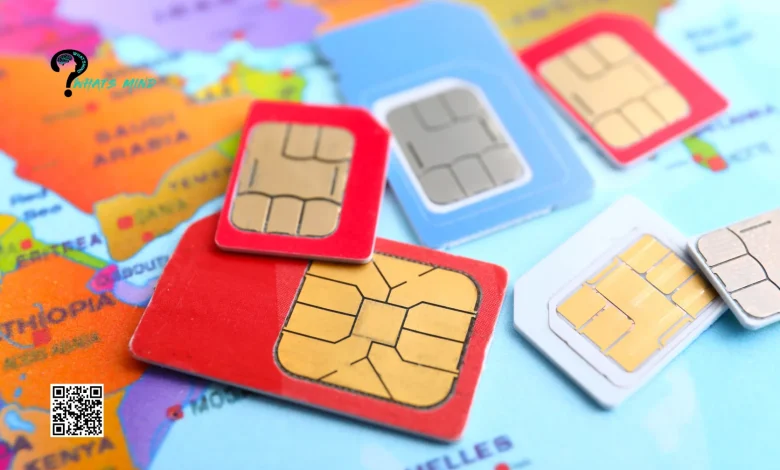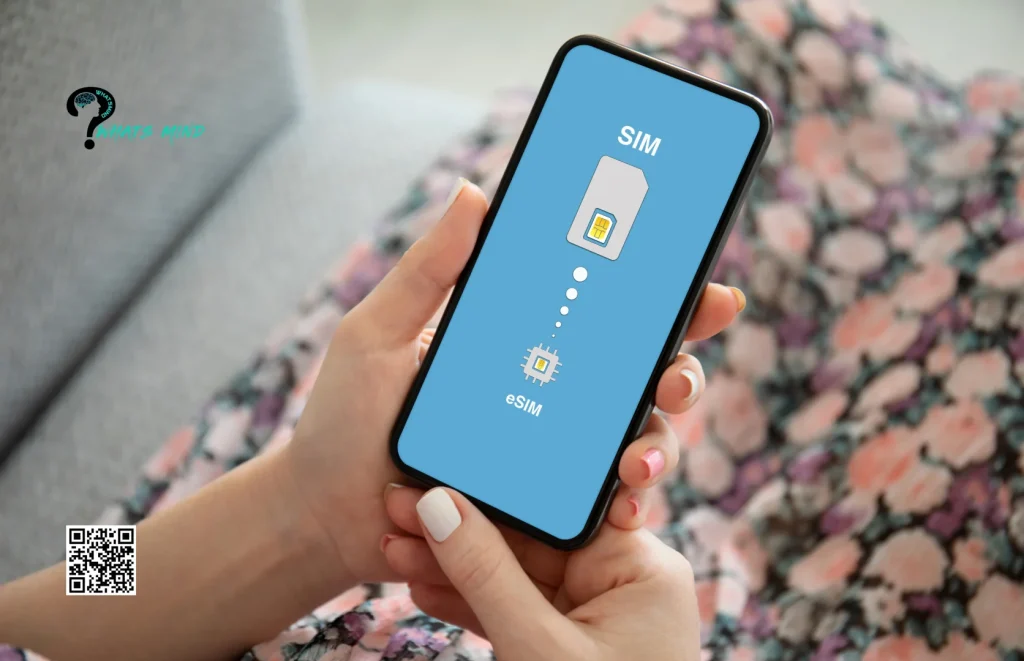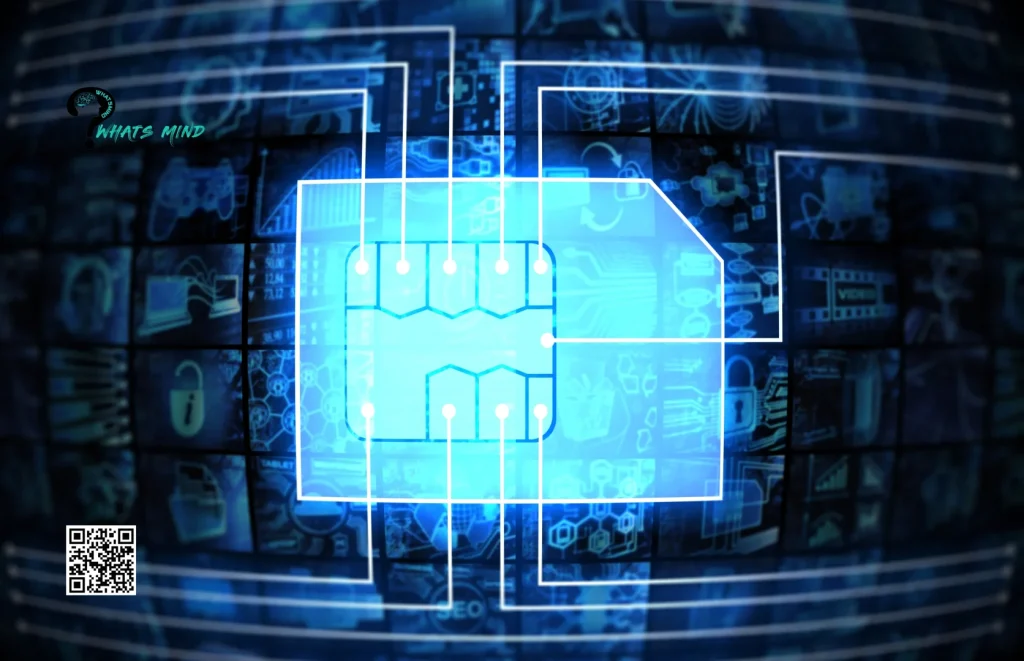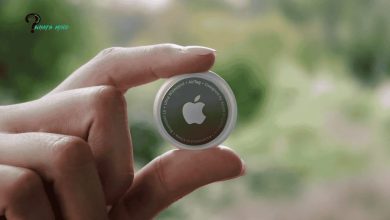E-SIM: Brief Summary, Activation Guidelines, Benefits, Drawbacks, Supported Devices, Supported Network

What is an E-SIM Card? And how is it different from Physical SIM cards? Physical SIM stands for subscriber identity module, which is a chunk of plastic with a small metal ribbon on it.
It is easily transferred between different devices. E-SIM Cards stand for embedded subscriber identity unit that depicts the recent period of digital SIM that is functional in all the latest masterpiece mobile phones by significant firms.
Most of the mobile phones with digital SIM approval are utilizing this latest technology together with physical SIM card alternatives. The first embedded SIM was launched by Motorola, and it is a flip phone called Motorola Razr.
Later, iPhone and many other firms are also presenting eSIM with nano-SIM choices and the embedded SIM is obtainable in iOS and many Android devices as the second SIM card option.
Read the complete article to know the deep details of E-SIM including its summary, activation method, benefits, drawbacks, supported devices, and support networks.
Table of Contents
Brief Summary Of E-SIM
The abbreviation of this SIM is the embedded subscriber identity module. It is a little, customizable chip put up instantly into gadgets such as mobile phones, notepads, smart home devices, and artwears.
Dissimilar to physical SIM cards you place into your gadgets because it is safely embedded inside the instruments and cannot be put off.
Using An E-SIM: Step By Step Guidelines
What are the instructions for activating an embedded SIM? Simply, your carrier delivers a QR code that you can inspect with your iPhone or Android phone to set up a digital SIM automatically.
Some contributors might need you to download their application to switch on and organize the embedded SIM.
Activate The E-SIM On Android

What is the best way to activate a digital SIM card on your Android devices? To activate an embedded SIM on Android, primarily confirm that your Android device endorses an embedded SIM and is attached to a Wi-Fi connection.
Then, get your carrier to acquire the SIM card activation facts. These facts usually contain a QR code, activation code, or directions to download a carrier’s application.
Activate The Embedded SIM By Employing A QR Code
- Open the Settings folder on your mobile phone.
- Click on Connections and SIM card administrator.
- Click on Add Embedded SIM to turn on the installation procedure.
- Scan the QR code mailed to your email and pursue the on-screen efforts to install your embedded SIM.
Manually Activate The Embedded SIM
- Open the Settings folder on your mobile phone.
- Click on Connections then on the SIM card manager.
- Push the button on Add eSIM to turn on the installation method.
- Choose the Scan QR from the service provider and click on Enter activation code.
Activate The Embedded SIM Card By Utilizing The Carriers’ Application
- Download and inaugurate your carrier’s application from the Google Play Store.
- Sign in to the carrier’s application and follow the directions to set up your embedded SIM.
Activate An E-SIM On iPhone

To trigger an E-SIM on an iPhone, preferably confirm that your iPhone model is supported by an embedded SIM and is connected to a stable internet connection.
Then, get your carrier to receive the embedded SIM activation information. These usually include a QR code, an activation code, or directions to download a carrier’s application.
By Utilizing A QR Code
- Access the Camera application and check out your QR code. When the Cellular plan detects an announcement, click on it immediately.
- If you are utilizing an iPhone with iOS 17.4 or after some time obtain a QR code by email or on the carrier’s online sites, touch and carry the QR code, then click on the Add eSIM option.
- Click on the Continue option at the underside of the screen.
- Later, click on the Add cellular plan. If encouraged, join the verification code delivered by your carrier to turn on your digital SIM.
Manually Activate The Embedded SIM
- Link up to your carrier to obtain the digital SIM information you need to join.
- Open the Settings folder.
- Click on the Cellular or Mobile data, depending on your area.
- Later, click on the Add cellular plan option.
- At the base of the screen, select Enter facts manually.
Activate The Embedded SIM By Carrier Application
- Download and settle down your carrier’s application from the App Store.
- Access the carrier’s application and follow the directions to activate your digital SIM Card.
Benefits Of E-SIM
Has E-SIM improved your security pressure? Yes, because physical SIM cards can be physically exchanged.
If an assaulter reaches your mobile phone or induces a carrier to allocate a fresh SIM card in your name. Here are some important benefits:
Switch On Your SIM Card Immediately
One of the best advantages of embedded SIM technology is the proficiency to switch on your digital SIM card online on the exact day.
Many carriers deliver applications that quickly settle down web data onto an embedded SIM card. The entire procedure is rapid and doesn’t need visiting a physical shop.
Zero Threat Of SIM Card Crack Or Losing
Physical SIM cards are delicate and can tilt, scratch, or crack during installation or displacement.
Further, you can lose a SIM card, particularly when swapping gadgets or moving, directing to failed service until you receive an alternate, which is problematic and time-intensive.
With a digital SIM card, you retain endless benefits without this danger whether you mislay your mobile phone, so hold those bags zipped.
Multiple E-SIM Profiles
Some gadgets allow you to reserve two or even five embedded SIM profiles besides a traditional SIM card. For instance, if you have one mobile phone for your job and another for your private life.
With embedded SIM you protect space and have no extended necessity to misrepresent two instruments. You protect your money by removing the requirement for different mobile phones with distinct phone numbers.
Nonetheless, always keep in the sense that you might not be able to utilize all your embedded SIM profiles at the same time. For example, iPhones authorize you to have only two active digital SIMs at the same moment.
Perfect For International Travel
Do you have any plans to visit your favorite country? If so, with a digital SIM card, you can forget to purchase a dual physical SIM card for global trips.
Entirely put in a global plan for your device, and it will begin functioning the moment you land. In addition, “Saily” an international embedded SIM service by NordVPN, delivers data strategies across 150 countries, assuring you stay linked smoothly and safely no matter where you travel.
Drawbacks Of E-SIM

Are there any disadvantages of digital Sims? Yes, with its numerous benefits, embedded SIM technology is not without its shortcomings. So let’s uncover some drawbacks:
Selective Devices Compatibility
The drawback of embedded SIM is selective for some devices. The latest mobile phones, notepads, and wearables are progressively embedded SIM compatible, many traditional devices are not.
This restriction can prohibit your choices if you are not using the latest mobile phones and technology. Even if a mobile phone has a digital SIM card, that doesn’t mean it will function with all types of networks.
Only in the United States, you will explore that only the vastly famous phones are assisted by most carriers.
Difficult To Switch Devices
With a digital SIM card, you should switch on it on your new mobile phone and turn it off from the traditional one every time you swap devices.
However this procedure is moderately quick, formal SIM cards are better opportunely if you repeatedly exchange phones.
Additionally, if your embedded SIM-approving device becomes impracticable, you might encounter problems accessing or transmitting the embedded SIM potentially taking off you without service until the difficulty is settled.
Stable Internet Required For Connection
Virtually, you require an internet connection to begin utilizing the internet. To trigger an E-SIM card, you should download the Porter profile comprising all essential network settings and knowledge.
A constant internet connection is important to ensure the download is finalized without mistakes.
Networks Supported By E-SIM
Are you wondering about which network contributors permit embedded SIM activation? Nowadays, there are some websites funding embedded SIM, and their titles with national names are written below:
United Kingdom (UK)
- EE
- 02
- Three
- Vodafone
Australia
- Optus
- Vodafone
Pakistan
- Mobilink Jazz
- Onic
Other Sims including Telenor, Zong, and Ufone are functioning on it.
United States Of America (USA)
- T-Mobile.
- All
- Verizon
- GigSky
- Telna
India
- Airtel
- Vodafone
- Reliance Jio
The Devices Assisted By E-SIM
Which devices are backed by embedded SIM? There are so many popular devices that are supported by embedded SIM. All the significant smartphone factories and smartphone trading firms are trembling hands with embedded SIMs. Let’s uncover the devices in detail:
Apple Devices
- iPad Pro
- Apple Watch Series Three, Four, Five
- iPhone 11, 11 Pro, and Pro Max
- iPhone 12, 12 Pro and ProMax
- iPhone 13, 13 Pro, and ProMax
- iPhone 14, 14 Pro, 14 Plus, ProMax
- iPhone 15 and all the latest iPhone mobiles
Samsung Galaxy Devices
- Galaxy S20
- Galaxy S20
- Galaxy S20
- Samsung S21
- Samsung S22
- Samsung S23
- Samsung s24
Google Devices
- Google’s Pixel 2
- Google Pixel 4 Pixel 4 XL and Pixel 4a
- Google Pixel 5
- Google Pixel 6
- Google Pixel 6a
The Motorola mobile phone Moto Razr flip phone backs this SIM without a SIM card space and Windows 10 users can relish embedded SIM on their computing devices.
Conclusion
In conclusion, E-SIM technology provides more leverage to buyers by permitting them to select transfers more adaptable and easily. This modification authorizes consumers to make judgments correctly to meet their necessities.
It enables challengers in the telecommunications market and encourages more customer-focused benefits.
Nonetheless, consumers should also be familiar with the possible difficulties and obligations that arrive with this latest liberation, such as safety and solitude concerns.
So, be ready to receive the stimulating world of E SIM. Are you also a user of Embedded SIM?
FAQs
1: What is the concept of E-SIM?
This SIM is a digital SIM that permits you to utilize a mobile strategy from your web contributor without having to employ a visible 4FF SIM.
2: What is special about Embedded SIM?
It is a protected, hardware-based SIM card that facilitates users to relate their extant mobile phone to the internet router without attempting to extract it. This implies that your instrument can approach the internet by itself without depending on a WiFi connection.
3: Who introduced Embedded SIM first?
Unlike formal SIM cards, embedded SIMs do not have one creator, they were formulated jointly by the GSMA. As technology begins again its immediate expansion, the integration of eSIMs is anticipated to improve, navigated by their optimistic effect on appliance design and user adventure.
You would like to read about:
- How Sweden has Achieved Capture the Unseen by Unveiling the World Fastest Camera
- Facebook Gaming App Rank 1st Globally Leading Revo Technologies Murray Utah Core Sectors, Market Presence, and Services in the United States
- Why Reddit News is the Second Most Trustworthy Site for Information and News
For more information, visit Whatsmind.com




